The National Bonsai Foundation’s latest bulletin is out and features my article further outlining my impressions of the bonsai industry in Japan and what lessons I think we can incoroprate here in the U.S. You can find it here.
Tag Archives: Winter
Kinbon Photoshoot
The nicest weather I experienced during the trip was on my third day in Japan, the rest of the trip was either cold and windy, cold and rainy, or cold and snowy. This day however was sunny and pleasant, which was great since the bonsai magazine Kinbon, was coming to do a photo shoot of the trees that were headed for Kokufu-ten.
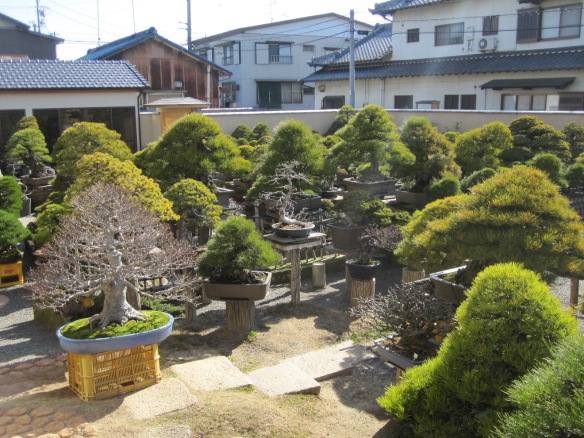
These trees had already been photographed once before when they were judged a few weeks prior to my arrival. It was interesting to find out that all the bonsai in the Kokufu exhibit are judged and photographed almost a month before the actual show.

Since then they were being kept in the workshop, protected from the elements. This meant that my sempai Takuya and myself would be lifting trees for most of the day.
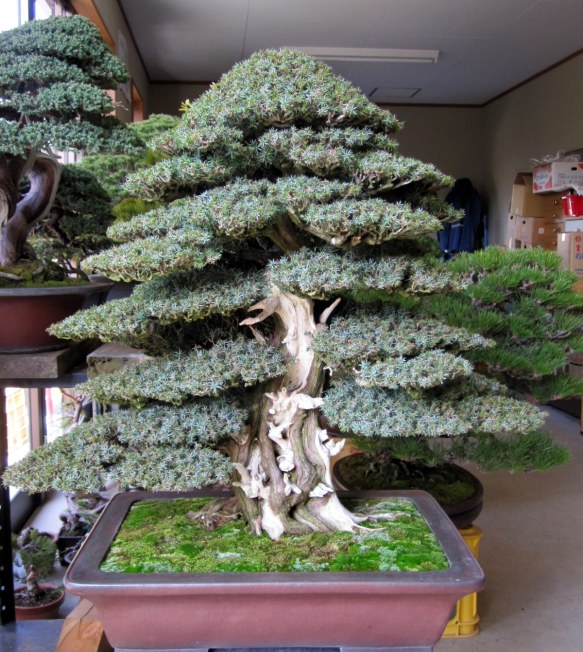
This needle juniper had some of the tightest foliage pads I’ve ever seen. This tree was from Gashoen, another bonsai nursery nearby, and Mr. Suzuki was taking it to the show for them.
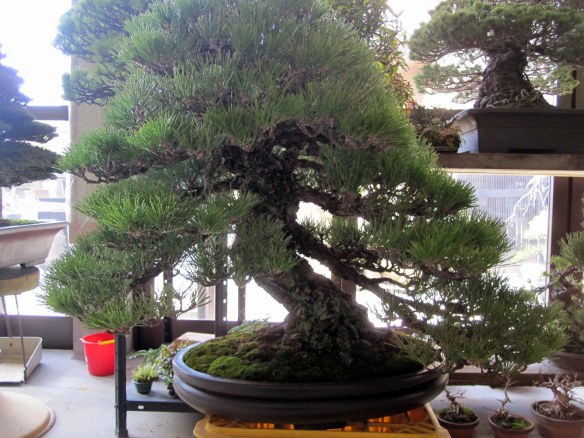
Not the best picture of a very nice japanese black pine. For whatever reason the photos I take with my iphone don’t capture the whole image as it appears on the view finder.
Even from the back this semi cascade white pine looks awesome.
More trees were also being kept in the reception area which is where the photographer set up his backdrop. Since this beech was the closest tree it was the first one to be photographed.
Once things were set up the photo shoot did not take as long as I thought. The displays had been thought out by Mr. Suzuki long in advacnce and it was simply a matter of us removing the tree, Mr. Suzuki changing the stand and then we were there with the next bonsai to photographed. Very effecient.
The next one up was one of my favorite trees. A bunjin white pine which had beautifully old shari.
Since this years Kokufu was a double show, meaning there were two sets of bonsai exhibited, each set was judged and awarded. This already famous Kichou, (Important Bonsai Masterpiece), root-over-rock JBP won “Best Conifer” of the second group.
In addition to the big trees there were several three-point-displays photographed.
Japanese White Pine with kumquat shohin and small fern. The kumquat was kept warm in a small plastic greenhouse inside the Suzuki home along with a few houseplants.
Another killer japanese white pine smiles for the camera.
The same semicascade white pine from above, but now paired with a shohin root-over-rock japanese maple, and perhaps the most famous accent plant ever.
I really liked the character of this tree, great trunk. It is a procumbens juniper or sonare in Japanese, with foliage as tight as your ever going to see.
Once photographed each tree was set out to catch some much needed rays. After we set this tree down I noticed something white around the nebari. It looked like the tree had some fungal issue.
Concerned, I asked Takuya about it, he smiled and said “Strong tree”. I am no stranger to mycorrhiza but I’ve never see it as abundant as this, it was growing up the nebari! Not only is this a strong tree but its another kichou bonsai.
This quince was one of the shohin used in another three-point-display. Not only is this tree top shelf, but check out the patina on its pot. Kokufu trees are transplanted into antique Chinese and Japanese pots for the exhibit then put back into their “growing” containers after the show.
The very last thing I did was give each tree a much needed watering. If you have the chance pick up a copy of Kinbon to see the actual photos. As always, thanks for reading.
2014 Winter Silhouette Bonsai Exhibition
The National Bonsai and Penjing Museum, located on the East Coast of the United States, has been having its annual Winter Silhouettes exhibition for nearly 20 years. We’ve recently gone to a biannual show to generate more interest as winter is our slow season at the Arboretum.
 Japanese Maple-Kiyo-hime, In training since 1946, Donated by Akiko Matsudaira.
Japanese Maple-Kiyo-hime, In training since 1946, Donated by Akiko Matsudaira.
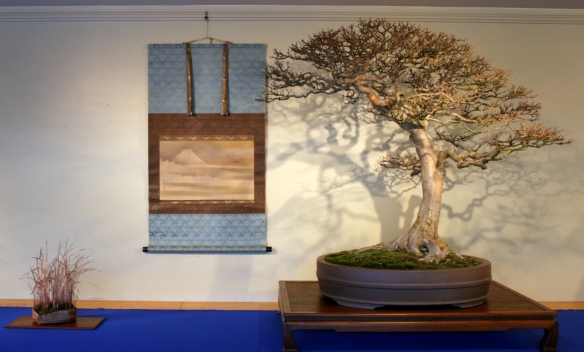 3 point display with Trident Maple, In training since 1895, Donated Prince Takamatsu, Mt. Fuji scroll, and Japanese Blood Grass.
3 point display with Trident Maple, In training since 1895, Donated Prince Takamatsu, Mt. Fuji scroll, and Japanese Blood Grass.
 Branch silhouette.
Branch silhouette.
 Japanese Blood Grass, container by MC2.
Japanese Blood Grass, container by MC2.
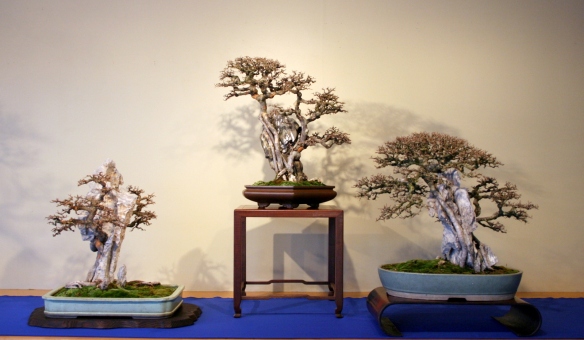 Triptych of Root-over-rock Chinese Elms, Donated by Yee Sun-Wu.
Triptych of Root-over-rock Chinese Elms, Donated by Yee Sun-Wu.
 Chinese Hackberry, In training since 1946, Donated by Shu-ying Lu.
Chinese Hackberry, In training since 1946, Donated by Shu-ying Lu.
 Chinese Elm, In training since 1946, Donated by Yee-sun Wu.
Chinese Elm, In training since 1946, Donated by Yee-sun Wu.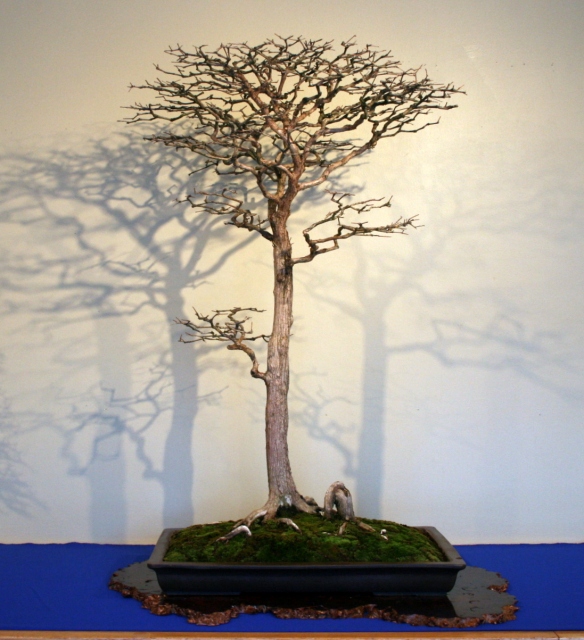 Bald Cypress, In training since 1972, Donated by Vaughn Banting.
Bald Cypress, In training since 1972, Donated by Vaughn Banting.
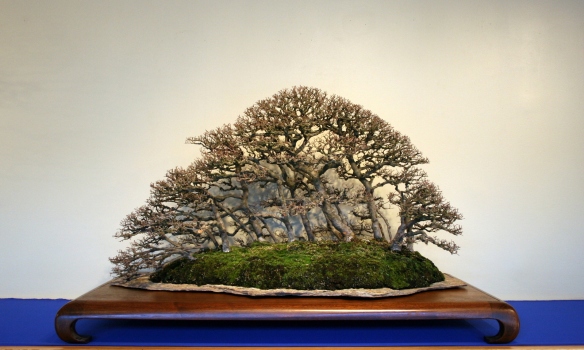 Chinese Elm, In training since 1970, Donated by Marybel Balendonck.
Chinese Elm, In training since 1970, Donated by Marybel Balendonck.
 Year of the Horse shohin display.
Year of the Horse shohin display.
 Rabbit foot fern, container by Lang, with horse figurine.
Rabbit foot fern, container by Lang, with horse figurine.
 Chinese Elm, Age unknown, Donated by All Japan Shohin Bonsai Association.
Chinese Elm, Age unknown, Donated by All Japan Shohin Bonsai Association.
 Trident Maple, In training since 1918, Donated by Prime Minister Obuchi.
Trident Maple, In training since 1918, Donated by Prime Minister Obuchi.
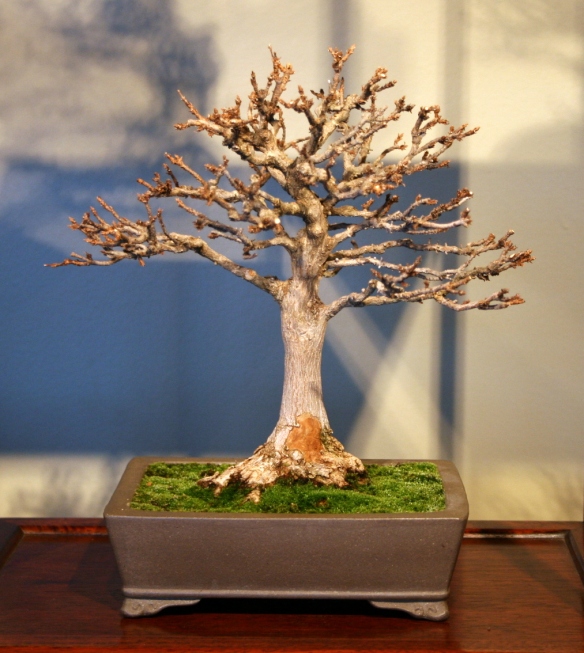 Trident Maple, In training since 1986, Donated by Doris Froning.
Trident Maple, In training since 1986, Donated by Doris Froning. Smooth-leaved Elm, In training since 1982, Donated by Keith Scott.
Smooth-leaved Elm, In training since 1982, Donated by Keith Scott.
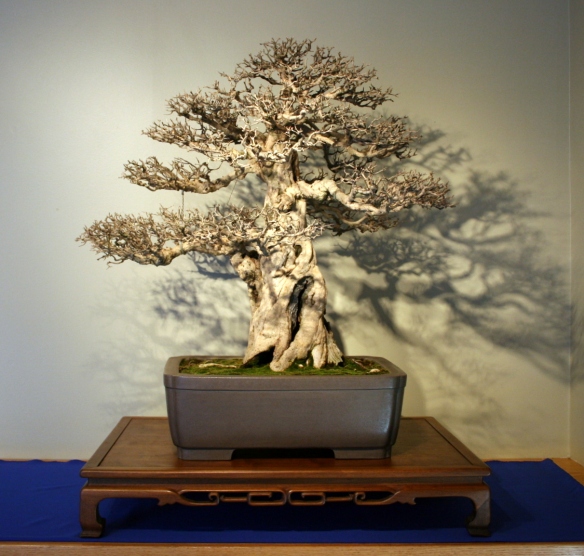 Pomegranate, In training since 1963, Donated by Alice Naka.
Pomegranate, In training since 1963, Donated by Alice Naka.
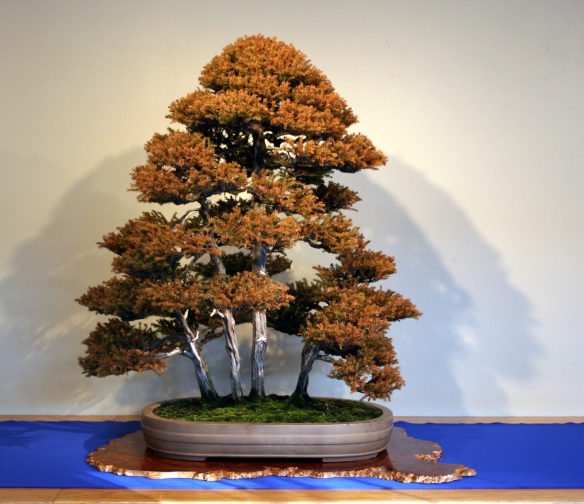 Japanese Cedar, In training since 1905, Donated by Eisaku Sato.
Japanese Cedar, In training since 1905, Donated by Eisaku Sato.
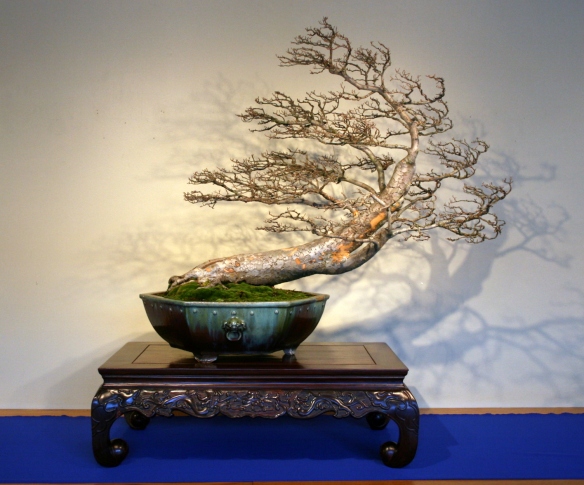 Chinese Elm, Age Unknown, Donated by Stanley Chin.
Chinese Elm, Age Unknown, Donated by Stanley Chin.
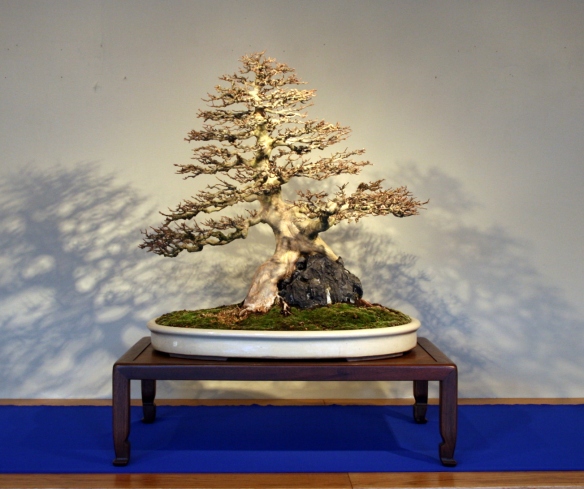 Trident Maple, In training since 1916, Donated Takeo Fukuda.
Trident Maple, In training since 1916, Donated Takeo Fukuda.
Chinese Elm, In training since 1961, Donated by Shu-ying Lui.
Winter Tokonoma 2014
Happy New Year! For the first post of 2014 I wanted to showcase the current display in our tokonoma.
For this display I wanted to try and use some objects that are not my immediate choices for a winter themed arrangement. This would not only show off more of the Museum’s collection but also challenge me to be more creative with them.
From the start I knew I wanted to use a scroll we have of a white hawk on a pine branch.
The scroll makes me think of a remote snowy mountain where this white hawk remains vigilant through the falling snow.
The second object I wanted to use is one of my favorite stones at the Museum because of its name. 30,000 Foot White Beard is the name of this figure stone donated by John Naka. The stone’s name comes from a white strip of minerals running down this otherwise black figure stone which John envisioned as a very long flowing beard.
The white “beard” reinforces the feeling of winter as its shape also reminds me of an hanging icicle or perhaps a frozen waterfall on a distant peak.
John collected the stone from the Kern River in Northern California and I assume the daiza was made by himself and that he collected it in 1966 as both his name, the year 1966, and the date 10-29-66 appear on the bottom of the daiza.
The biggest challenge I encountered was finding a stand that would work within the display. Like picking a bonsai pot you never have enough options and none are ever perfect. I wanted the stone to be elevated enough to be properly viewed and to further enhance its verticality. I also needed the stand to be limited in it’s width so that stone was not visually lost when placed on it.
The first few stands were more traditional in style but weren’t the right size. I then pulled out a stand that seldom gets used here as it has a very narrow range of objects it would work with. However, once I put the stone on it I knew this was the one. Its size was the closest to what I wanted but more importantly it turned a static display into a story I could imagine.
Now, the display became more than just a stone on a stand but a white bearded man walking over a bridge among snow covered trees being watched by a white hawk.

Takahashi Shotei, “Bridge in the Snow” ca. 1910
The addition of a winter grass in a cream colored pot completed the setting as I could hear the cold wind rustling their dried stalks.
Haiku by Matuso Basho
First snow
Falling
On the half-finished bridge
Hope you enjoyed the display. Thanks for reading and for accompanying me for walk in the snow.
I am also very excited to say that I will be making my first trip to Japan next week. I will be studying at the historic Daiju-en nursery for 3 weeks in conjunction with the upcoming Kokufu-ten exhibition. I look forward to sharing my experience here and will be also be posting pictures to my Instagram feed @capitalbonsai
Its the most wonderful time of the year.
I have head on multiple occasions that winter is the favorite time of year for the more discerning bonsai enthusiasts. John Naka described a bonsai in leaf as “a beautiful woman with her cloths on”, meaning that the leaves of the tree conceal the form of the trunk and branches. Leaves can hide large scars, the lack of taper in the trunk or long internodes (the distance between two leaf axils). Only when a tree is leafless can you fully appreciate the level of training that a deciduous bonsai has had. That could be why the most prestigious bonsai exhibition in the world, the Kokofu ten, is held during the winter.
Over the years the Museum has held its own exhibit entitled Winter Silhouettes. As the title implies, the exhibits goal is to showcase the beauty of a leafless bonsai. So while your trees are packed away for winter please enjoy some of the Museum’s bonsai in all their leafless splendor.
Smooth Leaf Elm, Ulmus carpinifolia, Donated by Kieth Scott, In training since 1982.
 Chinese Elms, Ulmus parvifolia, Donated by Yee-sun Wu, In training since 1901.
Chinese Elms, Ulmus parvifolia, Donated by Yee-sun Wu, In training since 1901.
 Hornbeam, Carpinus tschonoskii, Donated by Minoru Koshimura, In training since 1935.
Hornbeam, Carpinus tschonoskii, Donated by Minoru Koshimura, In training since 1935.
 Chinese Elms, Ulmus parvifolia, Donated by Marybel Balendonck, In training since 1976.
Chinese Elms, Ulmus parvifolia, Donated by Marybel Balendonck, In training since 1976.
 Bald Cypress, Taxodium distichum, Donated by Vaughn Banting, In training since 1972.
Bald Cypress, Taxodium distichum, Donated by Vaughn Banting, In training since 1972.
 Trident Maple, Acer buergerianum, Donated by Stanly Chin, Age Unknown.
Trident Maple, Acer buergerianum, Donated by Stanly Chin, Age Unknown.
 Chinese Hackberry, Celtis sinensis, Donated by Dan Chiplis , In training since 1974.
Chinese Hackberry, Celtis sinensis, Donated by Dan Chiplis , In training since 1974.
 Japanese Privet, Ligustrum obtusifolium, Donated by Seiko Koizumi, In training since 1968
Japanese Privet, Ligustrum obtusifolium, Donated by Seiko Koizumi, In training since 1968
 Chinese Elms, Ulmus parvifolia, Donated by Shu-ying Lui, In training since 1961.
Chinese Elms, Ulmus parvifolia, Donated by Shu-ying Lui, In training since 1961.
 Pomegranate, Punica granatum, Donated by Alice Naka, In training since 1963.
Pomegranate, Punica granatum, Donated by Alice Naka, In training since 1963.


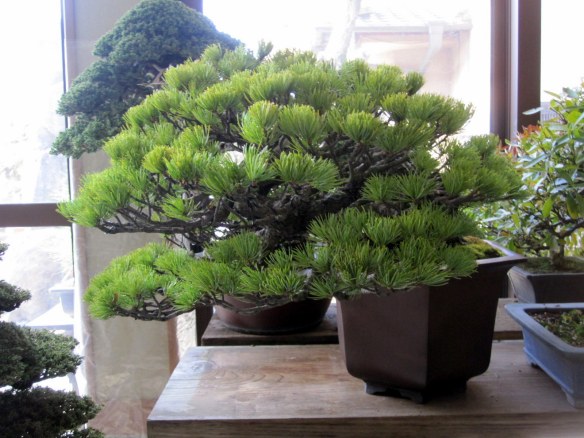
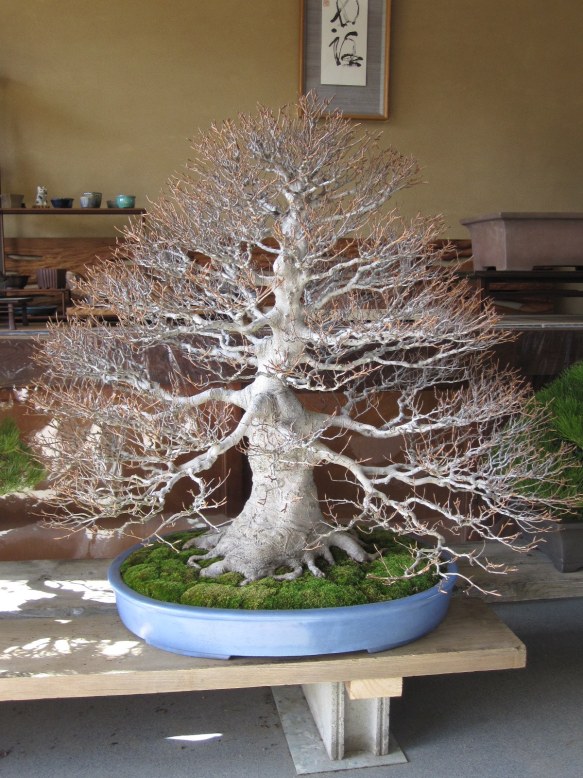
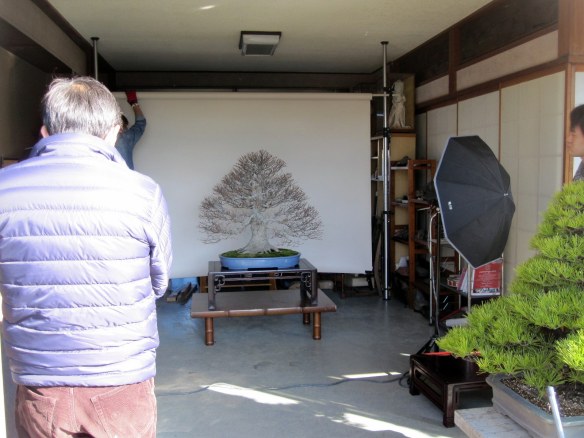
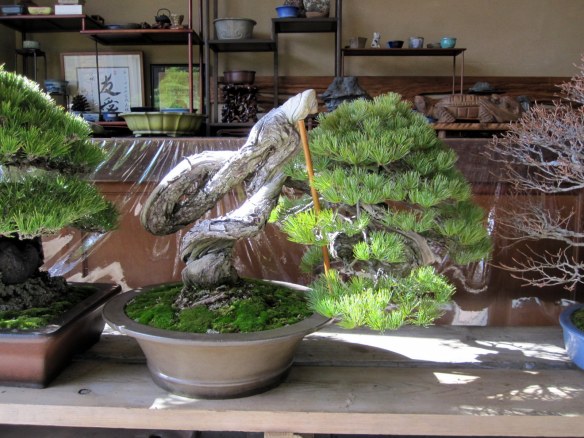
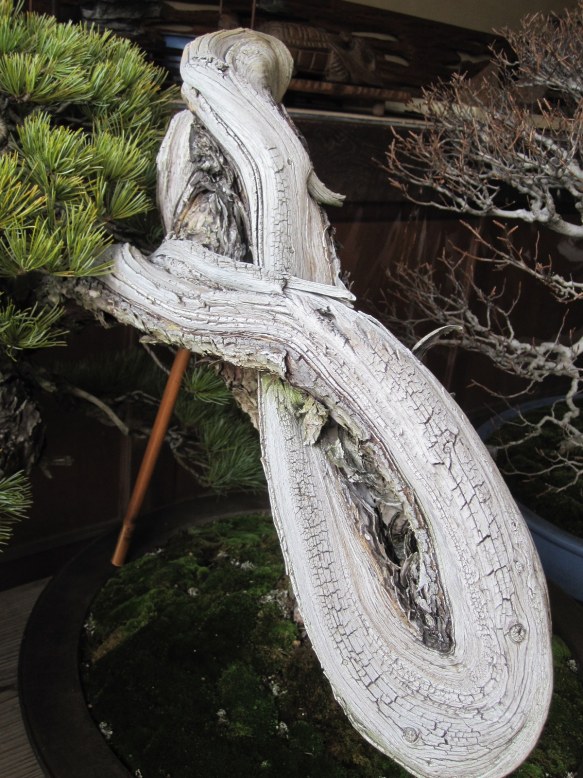
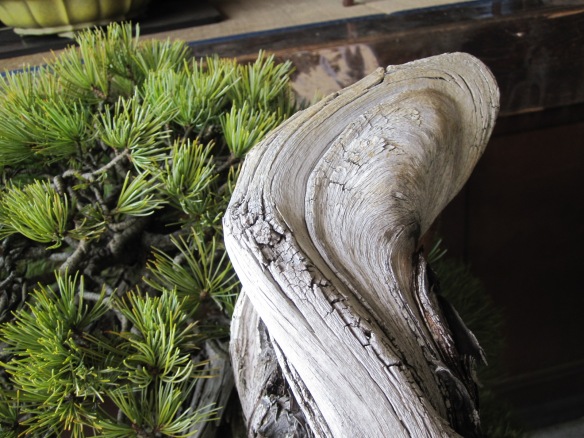

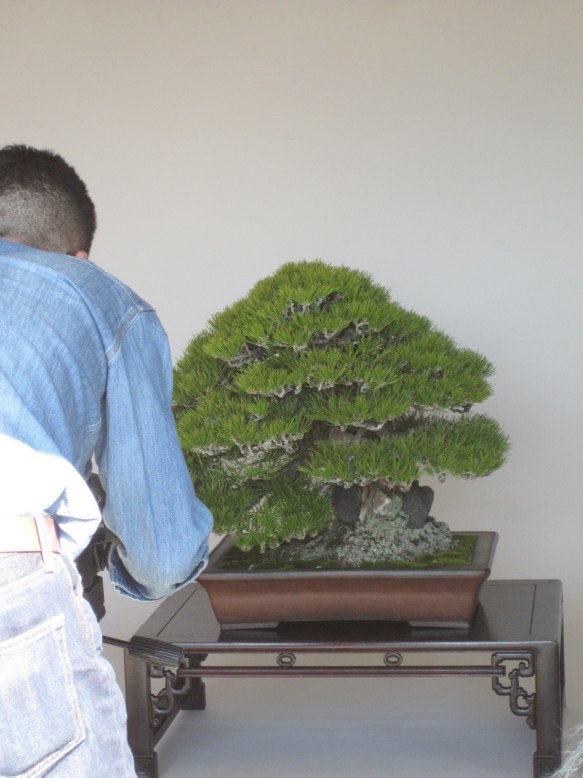


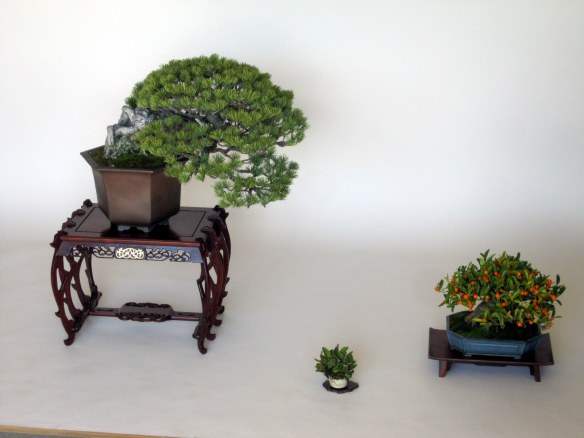
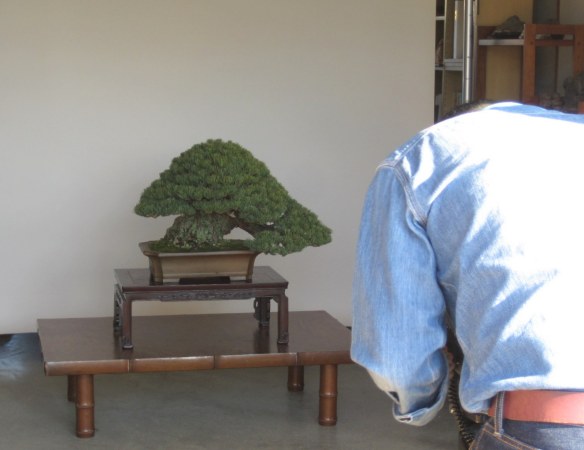
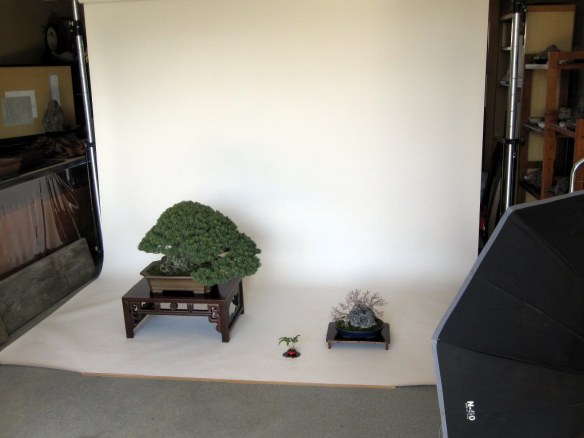

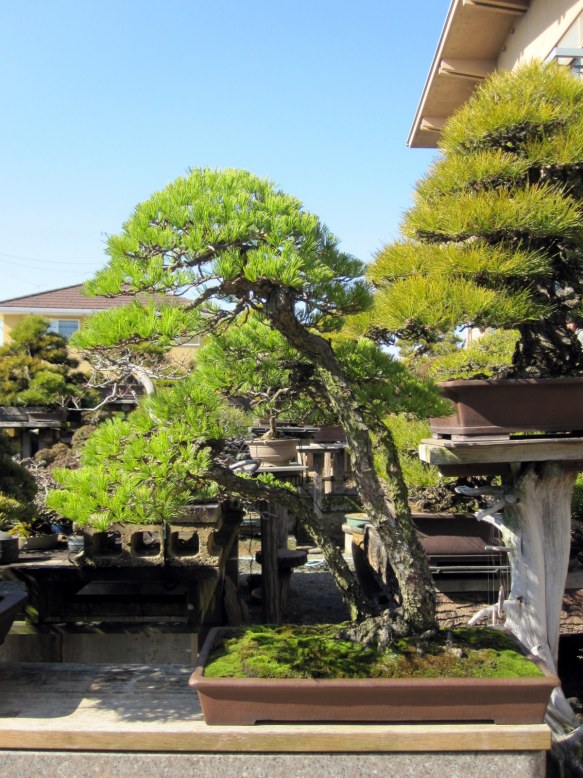




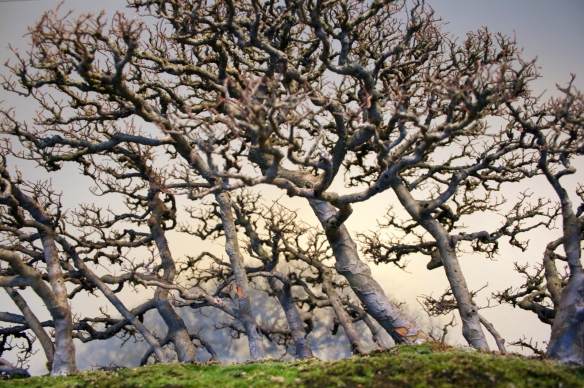
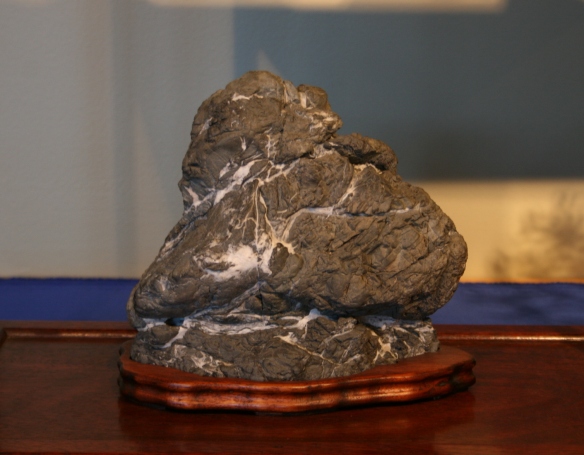
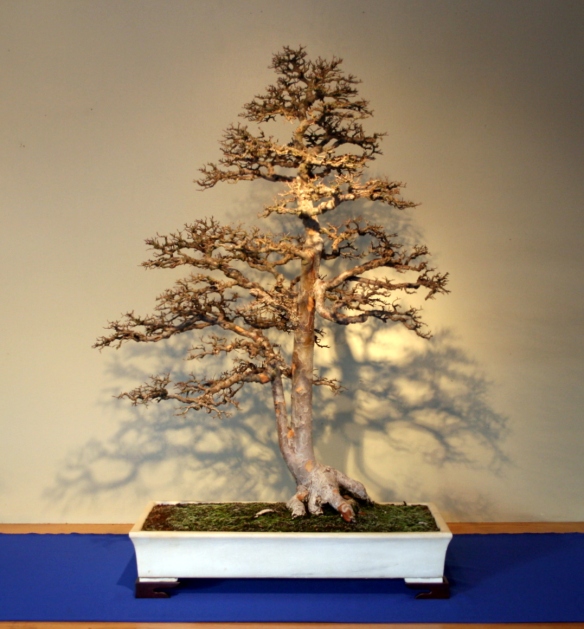
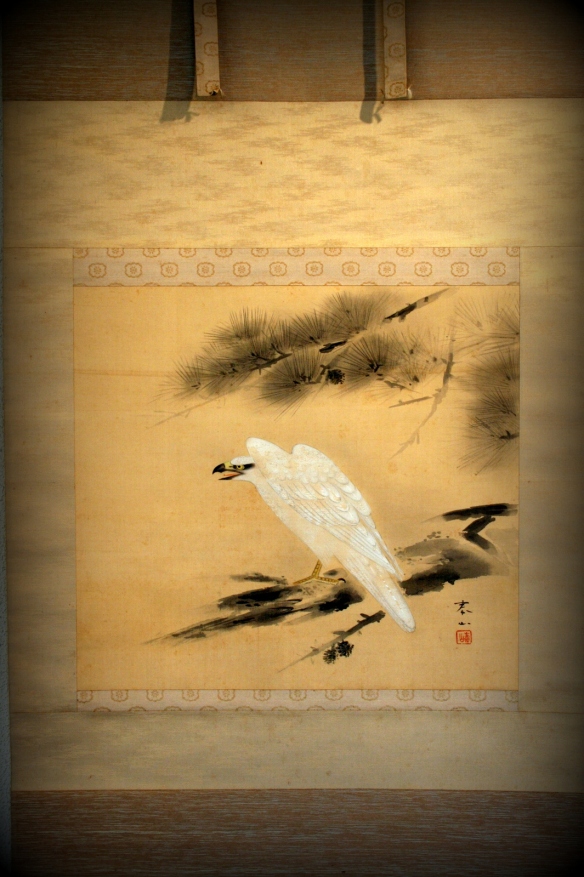
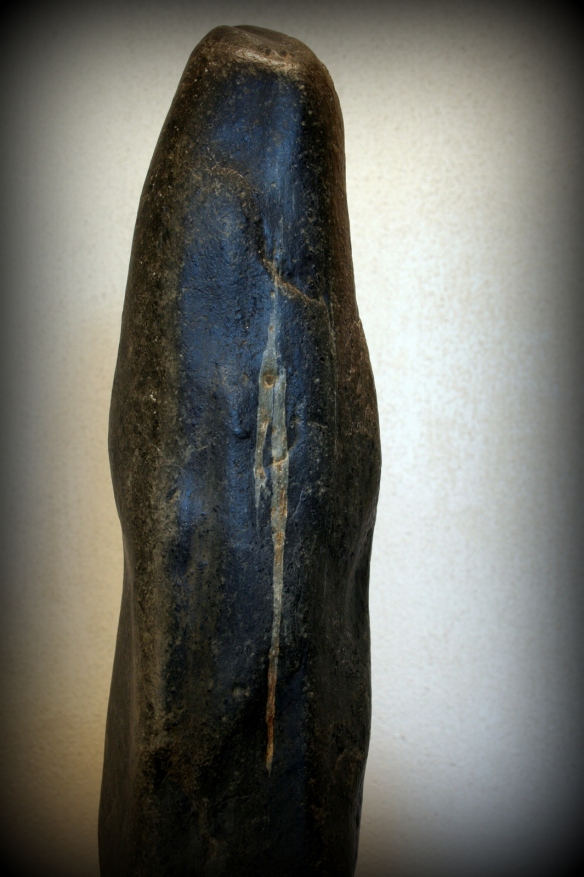

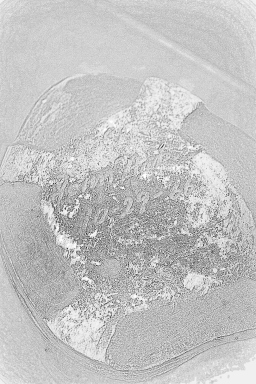
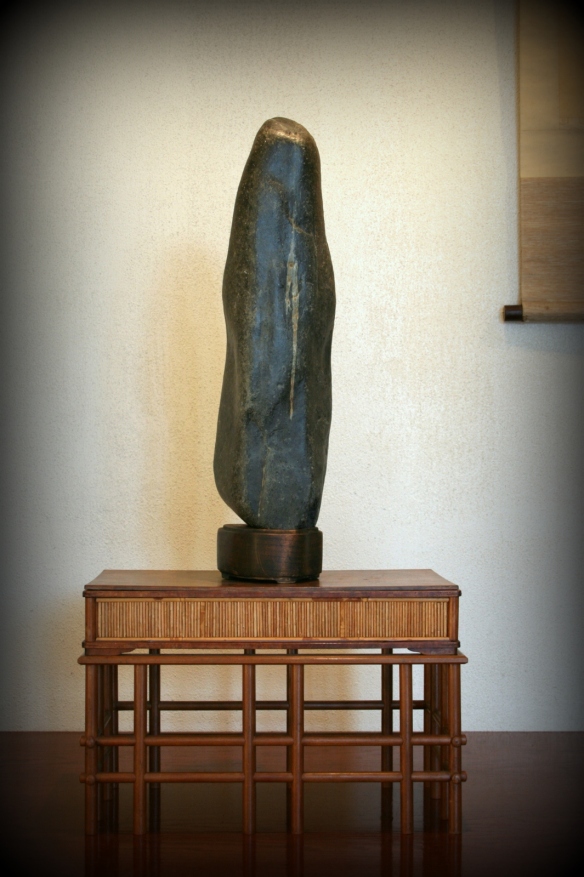

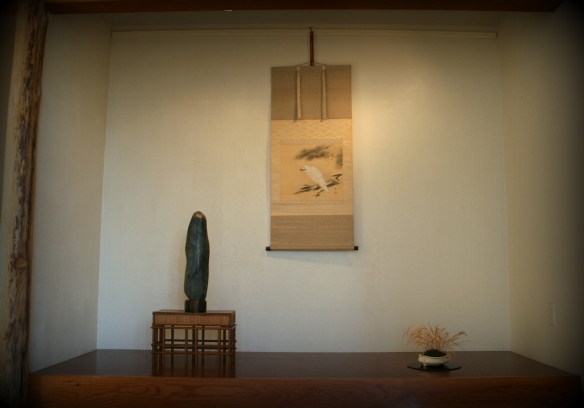
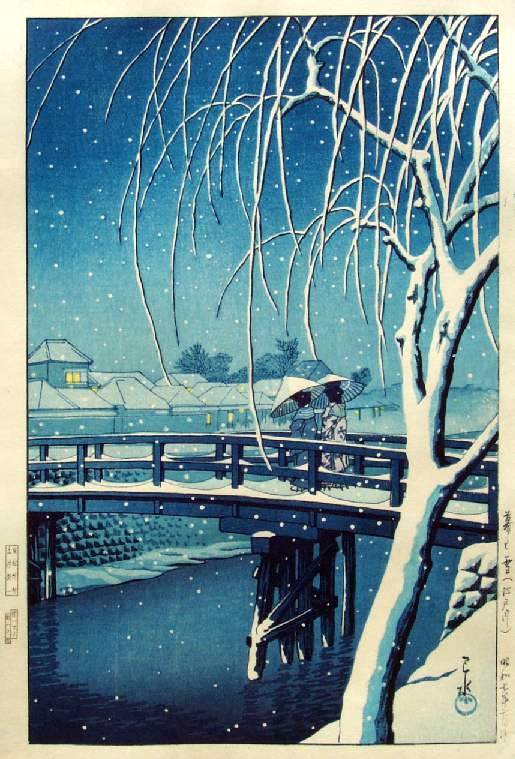

You must be logged in to post a comment.